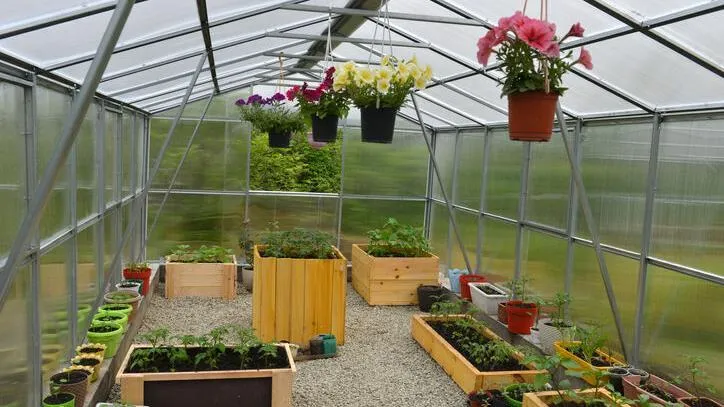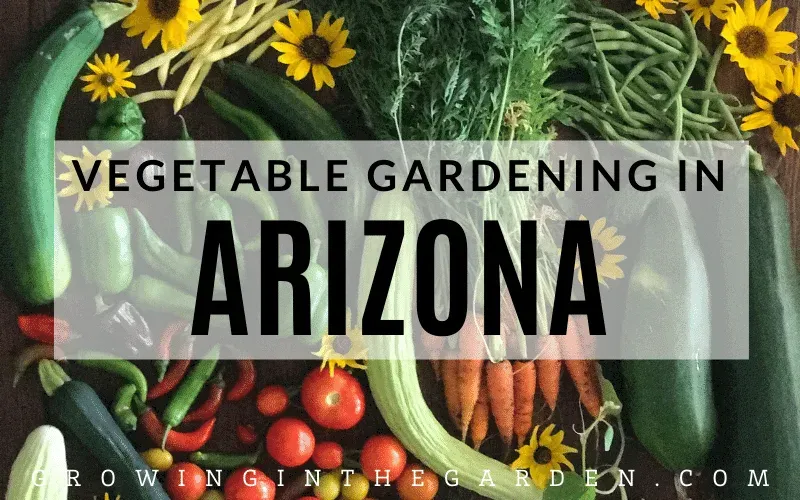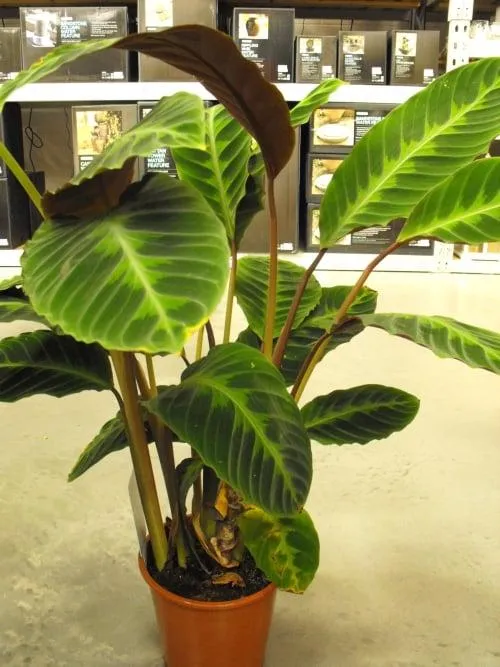A Guide to Popular House Plants for the Arizona Climate
If you live in Arizona, you know that the hot and dry climate can make it challenging to keep plants alive indoors. However, with some plant selection and care tips tailored for the desert environment, you can definitely have success with house plants. In this article, I’ll discuss some of the hardiest, low-maintenance options and provide answers to common questions homeowners have when starting an indoor garden in Arizona.
Low-Light Plant Choices
- Spider plant (Chlorophytum comosum) – This is one of the toughest plants around. Spider plants can thrive in very low light and are practically impossible to kill. They’re great for north-facing windows or areas far from natural light sources. Bonus points for their spiderlet offsets that you can share with friends!
- Pothos (Epipremnum aureum) – Another indestructible choice. Golden pothos can survive weeks with just occasional watering. Their heart-shaped leaves come in both solid green and variegated forms. They do well hung from shelves or trained up a moss pole.
- ZZ plant (Zamioculcas zamiifolia) – For the lowest light, nothing beats a ZZ plant. They can go literal months without water and do fine in deep shade. Their sturdy stems hold rounded green leaves that add an exotic touch to any interior.
From my experience living in Phoenix, all three of these plant options are almost impossible to kill, even with neglectful care. Their tolerance for low light makes them perfect for Arizona homes without access to bright, sunny windows.
Higher Light Options
If you do have an east, west or south-facing window to offer more illumination, you have some other great house plant choices:
- Sansevieria (Snake plant) – With their upright sword-like foliage in bold shades of green, yellow and gray, snake plants are beautiful accent plants. They’re exceptionally drought-tolerant and thrive in bright light.
- Dieffenbachia (Dumb Cane) – These tropicals look stunning in a patio or living room. Just be aware of their calcium oxalate crystals – keep them out of reach of pets. Give them moderate light and keep soil evenly moist.
- Peperomia (Peperomia) – These succulent-like plants come in an array of colors and patterns. Rippled leaves of ‘Rosso’ add texture while ‘Hope’ has dark green splotches on waxy leaves. Give them afternoon sun and infrequent watering.
I’ve found sansevieria, dieffenbachia and peperomia to be really tough, versatile houseplants that suit the Arizona climate when given sufficient light exposure. Place them near sunny windows to enjoy their low-care qualities and great ornamental appeal inside all year.

Plants for Shaded Patios
Even if indoor space is limited, having some greenery outdoors can boost curb appeal and offer respite from the sun. Here are some patio plants accustomed to shade:
- Coleus (Plectranthus scutellarioides) – These herbaceous perennials thrive in patios with afternoon shade. Their colorful leaves offer vibrancy even without much direct sun exposure.
- Chinese evergreen (Aglaonema commutatum) – Though slower-growing without optimal light, these tropicals maintain their dark, glossy leaves beautifully in partial or dappled shade.
- Cast iron plant (Aspidistra elatior) – Talk about durable! Cast iron plants can withstand very low light with minimal water. Their broad, arching foliage adds structure to shady areas.
Basically, coleus, Chinese evergreens and cast iron plants have sort of become my go-to choices for patios and areas just off the direct sunlight in Arizona. They bring pops of color and greenery without fussiness about heat or shade.
Caring for House Plants in the Summer
Now that we’ve covered some plant options, here are a few tips for keeping them happy through Arizona’s hot, dry summers:
- Water less frequently but more deeply – In the heat, plants dry out faster. Go several days between waterings but soak the soil thoroughly each time to encourage deep root growth.
- Group plants together – Clustering pots conserves moisture and creates a mini-oasis with microclimates. It also makes watering easier by hitting multiple containers at once.
- Use pebbles in saucers – Adding decorative pebbles to saucers helps retain humidity around the plants’ bases rather than having excess water evaporate immediately.
- Mist foliage – Giving leaves a light spray with a spray bottle provides temporary relief from dry indoor air. I like to do this in the morning before it gets blazing hot outside.
- Rotate plant locations – Moving containers around exposes them to different light levels, preventing burning or bleaching on any single side.
The key things, basically, are watering deeply but infrequently to encourage deep root systems, retaining moisture through grouping and pebbles, and providing occasional humidity through misting. This has helped me keep my indoor plants happy throughout Phoenix summers!

Common Plant Problems and Solutions
No matter how hardy the species, issues can still crop up occasionally with houseplants. Here are some typical problems owners face and suggestions on remedies:
- Brown tips or edges – This is usually from dry air or over-watering. Cut off damaged parts and cut back on watering frequency or add a humidifier.
- Yellowing lower leaves – A sign the plant is not getting enough light. Try increasing sunlight exposure gradually to harden it off.
- Crispy or limp leaves – Means the soil is either bone dry or saturated. Adjust watering amounts or schedule to find a happier medium.
- White, fluffy spots – Could be signs of either aphids or mealybugs. Isolate the plant and treat with neem oil or insecticidal soap.
- Soft, mushy stems – Potential stem or root rot from soggy soil. Remove plant from pot and check root ball, trimming any rotten parts before repotting in fresh soil.
Prevention is key with plants just like with people. Proper care routines can avoid most issues. But when problems do crop up, don’t panic – there are usually simple fixes to get healthy growth going again. Persistence and patience will serve you well with indoor greenery in Arizona!
I hope this guide has helped give you a sense of easy-care, resilient house plant options suited for the desert climate here. Please let me know if you have any other gardening questions! I’d be happy to share more of my experiences raising plants indoors in Phoenix. Stay cool out there!
Arizona Houseplants: Choosing the Right One for Your Home
| Plant | Light Needs | Water Needs | Care Level |
|---|---|---|---|
| Snake Plant | Low | Allow soil to dry between waterings | Low |
| Pothos | Low to medium | Water when top inch of soil is dry | Low |
| Chinese Evergreen | Medium | Water when top inch of soil is dry | Low |
| ZZ Plant | Low | Allow soil to dry between waterings | Low |
| Spider Plant | Medium to bright | Allow soil to dry between waterings | Low |
FAQ
-
What kinds of plants grow well indoors in Arizona?
Plants that basically need low amounts of water tend to do nicely inside in Arizona. Palms, snake plants and pothos are fairly drought-tolerant options. Spider plants also don’t need tons of water kind of survive well inside. Succulents like aloe and euphorbia can be stunning indoor choices since they’re used to the hot, dry climate outside.

-
How often should I water indoor plants in Arizona?
The frequency of watering indoor plants appears to depend a lot on the type of plant and the conditions inside your home. As a general rule, when the top inch or two of soil dries out, it’s time to water again. Nonetheless, cacti and succulents only need water maybe once every couple weeks. For other common houseplants like peace lilies or fiddle leaf figs, watering every 5 to 7 days is often sufficient despite Arizona’s heat.
-
What signs show a plant needs more or less water?
There are a few telltale signs that may indicate whether a plant needs more H2O. Wilted or crunchy-looking leaves are a sure sign it’s parched and ready for a drink. On the flipside, soggy soil that takes forever to dry out or yellow, dropping leaves could mean you’re drowning it. The plant gods sure didn’t make it easy! Another clue is lighter-than-normal potting mix – it may be time to give your thirsty friend some love.
-
Should I group similar watering needs together?
It’s often a smart plan to place plants with similar watering requirements close together. That way, you don’t have to try to remember who needs a sip daily versus once a week. Putting all the thirsty bois in one area basically allows you to water them at the same time, saving you the hassle of individual attention. At the same time, separating plants with very differing needs helps prevent over- or underwatering some unlucky leaves. Convenient grouping FTW!
-
What’s the best indoor location for plants?
When it comes to optimal indoor spots, light is king! In general, southeast-, south- or west-facing windows will give plants the brightest environment and best chance of thriving. Different species have preferences, though. For instance, ferns and snake plants handle low indirect light fairly well, while money trees and pathos want as much direct sun as possible. Experiment by moving plants around to see what setup makes them happiest – and healthiest.

-
How do I know if a plant is getting too much or too little sunlight?
There are a few signs that can show if a plant is receiving the proper amount of sun. Getting leggy or lanky and leaning towards light sources are signs it likely needs brighter conditions. Yellowing or dropping leaves could mean it’s scorched. On the flipside, spindly growth or pale, weak foliage indicate insufficient light. It takes some observation to figure out just what amount and duration works best for each individual plant child. A little trial and error go a long way!
-
Is it worth growing vegetables and herbs indoors?
While an indoor veggie garden may not yield as much as going outside, it’s still amazingly satisfying – and healthier than store-bought. Herbs like basil thrive on sunny windowsills. Dwarf tomato varieties, peppers and greens also do alright inside if given proper light. And it’s fun seeing new life emerge from seeds! Perhaps starting seeds for an outdoor garden could be a rewarding indoor project too. Even if you only end up with a few snacks instead of a full meal, isn’t the joy of self-grown goodies worth it?
-
Should I repot plants annually?
The need to repot plants depends greatly on their growth rate. Some stay snug in their nursery pots for years, while fast-expanding plants may want a roomier home every 12-18 months. In general, if roots are thickly circling the drainage holes or pot, or if a plant seems stunted, it’s a sign repotting may perk it up. Loosen any that seem pot-bound in spring when active growth starts. Beyond that, inspecting root systems annually is a good way to catch issues before they arise. With tropical folks, spring or early summer is the optimal repotting season.
